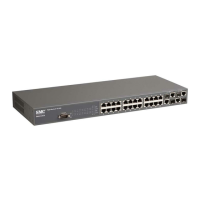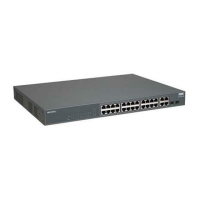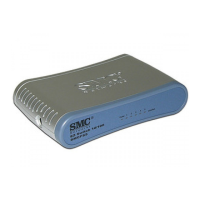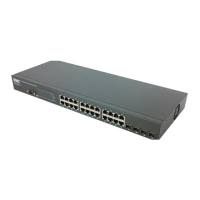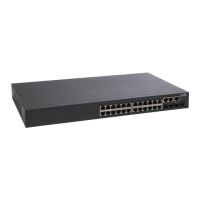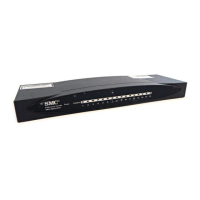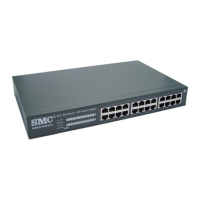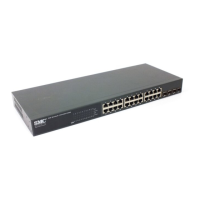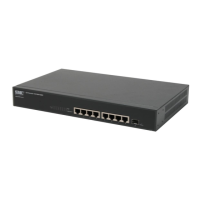SNMP C
OMMANDS
21-10
notifications are enabled. If you enter the command with a keyword,
only the notification type related to that keyword is enabled.
•The snmp-server enable traps command is used in conjunction with
the snmp-server host command. Use the snmp-server host
command to specify which host or hosts receive SNMP notifications.
In order to send notifications, you must configure at least one
snmp-server host command.
• The authentication, link-up, and link-down traps are legacy
notifications, and therefore when used for SNMP Version 3 hosts,
they must be enabled in conjunction with the corresponding entries in
the Notify View assigned by the snmp-server group command
(page 21-15).
Example
Related Commands
snmp-server host (21-6)
snmp-server engine-id
This command configures an identification string for the SNMPv3 engine.
Use the no form to restore the default.
Syntax
snmp-server engine-id {local | remote {ip-address}} engineid-string
no snmp-server engine-id {local | remote {ip-address}}
• local - Specifies the SNMP engine on this switch.
• remote - Specifies an SNMP engine on a remote device.
• ip-address - The Internet address of the remote device.
• engineid-string - String identifying the engine ID.
(Range: 1-26 hexadecimal characters)
Default Setting
A unique engine ID is automatically generated by the switch based on
its MAC address.
Console(config)#snmp-server enable traps link-up-down
Console(config)#
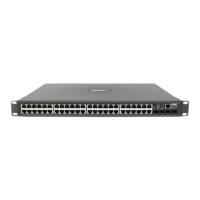
